
Long Island: New York's Coastal Gem
Discover Long Island, New York's Coastal Gem: Beaches, Vineyards, Historic Sites, and a Vibrant Cultural Scene Await
Long Island is a unique blend of serene beaches, charming towns, and vibrant culture. It stretches from the bustling neighborhoods of Queens and Brooklyn to the tranquil shores of Montauk, offering a diverse experience for every type of traveler. Whether you're looking for a relaxing beach getaway or an exciting culinary adventure, Long Island has something special to offer. The North Shore is known for its opulent estates and picturesque harbors, reminiscent of the Great Gatsby era. Historic sites such as the Vanderbilt Museum and Old Westbury Gardens provide a glimpse into the island's rich past. The South Shore, on the other hand, is famed for its pristine beaches and lively boardwalks. Jones Beach State Park and Fire Island are must-visit spots for sunbathing, swimming, and enjoying the Atlantic Ocean. Wine enthusiasts will find a haven in Long Island's wine country, located primarily in the North Fork. This region is home to numerous vineyards and wineries, offering tours and tastings of locally produced wines. The charming towns of Greenport and Sag Harbor are perfect for leisurely strolls, with their boutique shops, art galleries, and waterfront views. For those interested in the arts, Long Island boasts a vibrant cultural scene. The Nassau Coliseum and the Tilles Center for the Performing Arts host a range of events, from concerts to Broadway shows. Art lovers can explore the Parrish Art Museum and the Heckscher Museum of Art, both showcasing impressive collections of American art. Foodies will delight in Long Island's culinary offerings, which range from fresh seafood to farm-to-table cuisine. The local food scene is diverse and dynamic, with numerous restaurants, food festivals, and farmers' markets. Don't miss the chance to try a New York-style bagel or a freshly caught lobster roll while you're here.
Local tips in Long Island
- Visit during the summer months to fully enjoy the beaches and outdoor activities.
- Rent a car for easy access to various attractions spread across the island.
- Take a ferry to Fire Island for a relaxing day trip.
- Explore the North Fork for a day of wine tasting and scenic views.
- Check local event calendars for festivals and concerts during your stay.
- Wear comfortable shoes for walking tours in historic towns and sites.
Long Island: New York's Coastal Gem
Long Island is a unique blend of serene beaches, charming towns, and vibrant culture. It stretches from the bustling neighborhoods of Queens and Brooklyn to the tranquil shores of Montauk, offering a diverse experience for every type of traveler. Whether you're looking for a relaxing beach getaway or an exciting culinary adventure, Long Island has something special to offer. The North Shore is known for its opulent estates and picturesque harbors, reminiscent of the Great Gatsby era. Historic sites such as the Vanderbilt Museum and Old Westbury Gardens provide a glimpse into the island's rich past. The South Shore, on the other hand, is famed for its pristine beaches and lively boardwalks. Jones Beach State Park and Fire Island are must-visit spots for sunbathing, swimming, and enjoying the Atlantic Ocean. Wine enthusiasts will find a haven in Long Island's wine country, located primarily in the North Fork. This region is home to numerous vineyards and wineries, offering tours and tastings of locally produced wines. The charming towns of Greenport and Sag Harbor are perfect for leisurely strolls, with their boutique shops, art galleries, and waterfront views. For those interested in the arts, Long Island boasts a vibrant cultural scene. The Nassau Coliseum and the Tilles Center for the Performing Arts host a range of events, from concerts to Broadway shows. Art lovers can explore the Parrish Art Museum and the Heckscher Museum of Art, both showcasing impressive collections of American art. Foodies will delight in Long Island's culinary offerings, which range from fresh seafood to farm-to-table cuisine. The local food scene is diverse and dynamic, with numerous restaurants, food festivals, and farmers' markets. Don't miss the chance to try a New York-style bagel or a freshly caught lobster roll while you're here.
When is the best time to go to Long Island?
Iconic landmarks you can’t miss
Montauk Point Lighthouse Museum
Discover the charm and history of the Montauk Point Lighthouse Museum, a historic landmark that offers stunning coastal views and rich maritime heritage.

Old Westbury Gardens
Explore the enchanting beauty of Old Westbury Gardens, a botanical paradise rich in history and serene landscapes perfect for every traveler.
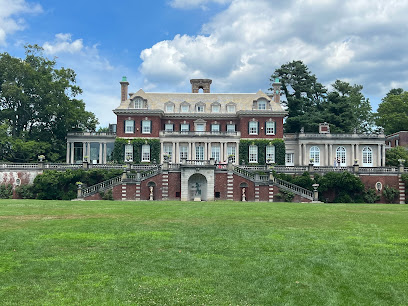
Planting Fields Arboretum State Historic Park
Explore the lush gardens and historic charm of Planting Fields Arboretum, a serene escape in Oyster Bay, NY, perfect for nature lovers and history buffs alike.
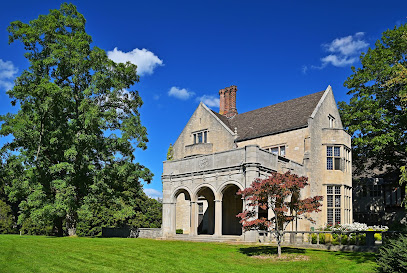
Bayard Cutting Arboretum
Explore the serene beauty of Bayard Cutting Arboretum, a stunning natural refuge in Great River, NY, featuring diverse plant collections and tranquil landscapes.
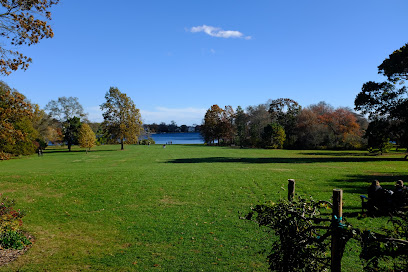
Caumsett State Historic Park Preserve
Discover the perfect blend of history and nature at Caumsett State Historic Park Preserve, a serene escape on Long Island's northern shore.

Oheka Castle
Discover the grandeur of Oheka Castle in Huntington, NY—an exquisite historical landmark offering luxurious accommodations, fine dining, and stunning gardens.

Sagamore Hill National Historic Site
Explore the historic Sagamore Hill, home of Theodore Roosevelt, and enjoy hiking trails amidst beautiful landscapes in Oyster Bay, New York.
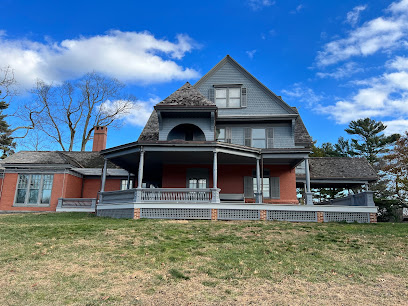
The Big Duck
Explore the iconic Big Duck in Flanders, NY, and discover a charming piece of Long Island's agricultural heritage and quirky roadside attractions.
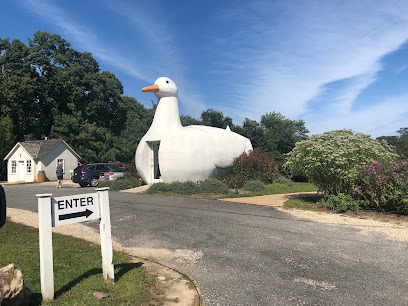
Lake Ronkonkoma County Park
Immerse yourself in the natural beauty and tranquility of Lake Ronkonkoma County Park, a perfect getaway for families and nature lovers in New York.

Hempstead House
Explore Hempstead House, a magnificent historical landmark in Sands Point, NY, showcasing Gilded Age elegance and stunning natural beauty.

TWA Flight 800 International Memorial and Gardens
Explore the serene TWA Flight 800 International Memorial and Gardens in Mastic Beach, a poignant tribute to the lives lost in the tragic flight disaster.
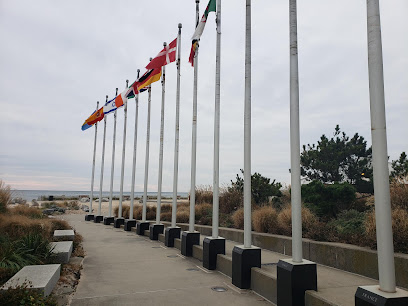
Caleb Smith State Park Reserve
Explore the serene beauty of Caleb Smith State Park Reserve in Smithtown, NY, where nature, history, and adventure come together for an unforgettable experience.
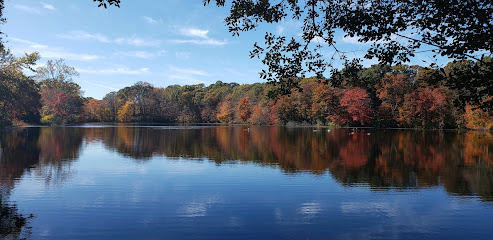
Bourne Mansion
Discover the enchanting beauty of Bourne Mansion in Oakdale, New York – the perfect venue for weddings and unforgettable events.

Islip Grange Park
Discover the tranquility of Islip Grange Park in Sayville, NY – a serene retreat filled with lush greenery and historic charm.
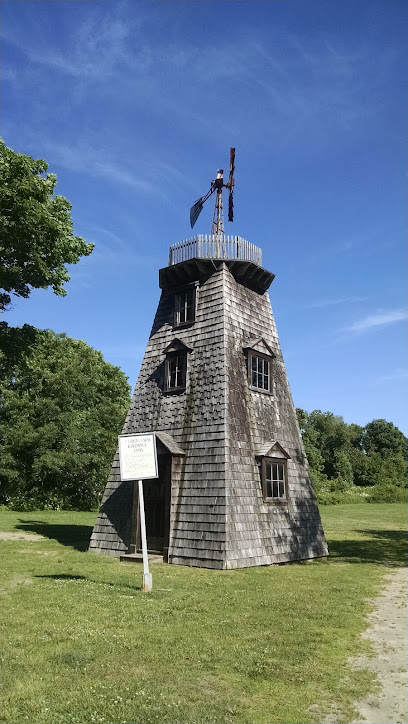
Old Field Point Lighthouse
Discover the Old Field Point Lighthouse, a historic gem in Setauket, New York, offering stunning views and rich maritime history for every traveler.
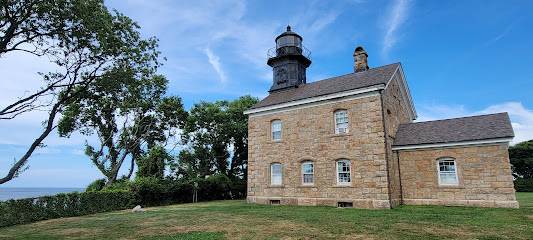
Unmissable attractions to see
Jones Beach State Park
Explore the stunning beaches, recreational activities, and serene landscapes of Jones Beach State Park, a Long Island gem for outdoor enthusiasts.
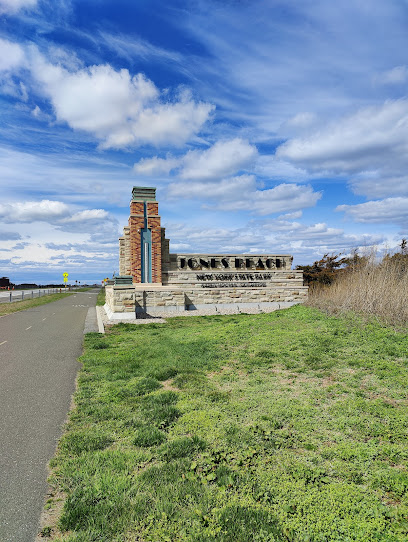
Gantry Plaza State Park
Discover the beauty of Gantry Plaza State Park, a stunning waterfront oasis in Queens with breathtaking views of the Manhattan skyline and lush green spaces.
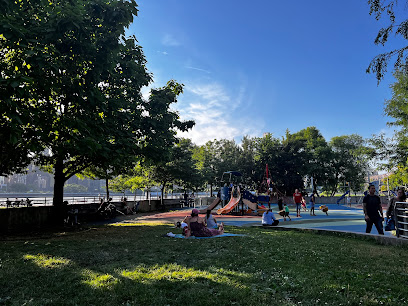
Robert Moses State Park - Long Island
Explore the natural wonders of Robert Moses State Park, a Long Island gem offering sandy beaches, scenic trails, and outdoor adventures for all.
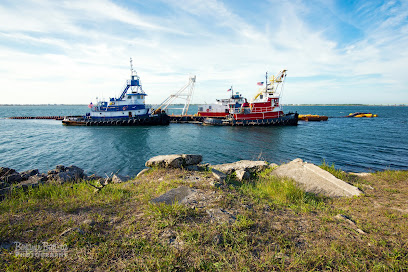
Splish Splash Water Park
Experience the thrill of Splish Splash Water Park in Calverton, NY, where fun and adventure await in a tropical water wonderland.

Splish Splash Water Park
Experience endless summer fun at Splish Splash Water Park, New York's ultimate water adventure destination for families and thrill-seekers alike.
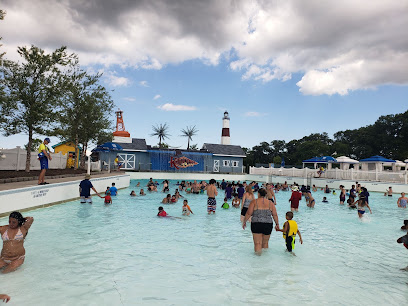
Adventureland Amusement Park
Experience the thrill of Adventureland Amusement Park in Farmingdale, NY, where excitement and fun await for visitors of all ages.
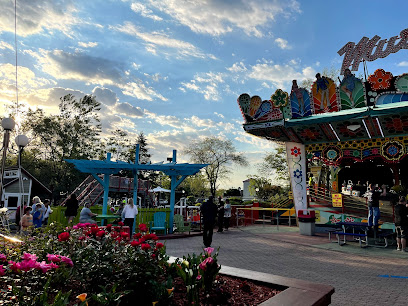
Long Island Aquarium
Explore the captivating marine life and interactive exhibits at Long Island Aquarium, a family-friendly destination in Riverhead, New York.

The Paramount
Experience the best of live music and entertainment at The Paramount in Huntington, NY – a must-visit venue for every tourist.

Old Westbury Gardens
Explore the enchanting Old Westbury Gardens, a historic botanical garden featuring stunning landscapes, rich history, and diverse flora in New York.
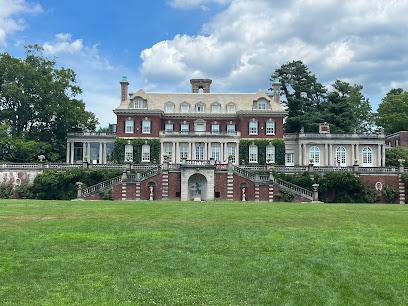
Fire Island National Seashore
Experience the breathtaking beauty of Fire Island National Seashore, a natural paradise of sandy beaches and diverse wildlife in New York.

Old Westbury Gardens
Explore the enchanting landscapes and rich history of Old Westbury Gardens, a botanical treasure in New York perfect for all nature lovers.
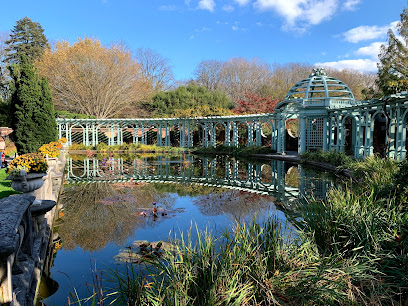
Planting Fields Arboretum State Historic Park
Experience the rich history and exquisite beauty of Planting Fields Arboretum State Historic Park, a lush retreat in Oyster Bay, New York.
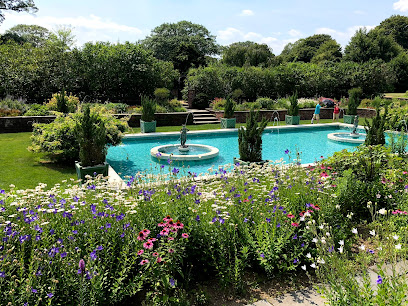
Bayard Cutting Arboretum
Experience the natural beauty and tranquility of Bayard Cutting Arboretum, a picturesque state park perfect for nature lovers and outdoor enthusiasts.
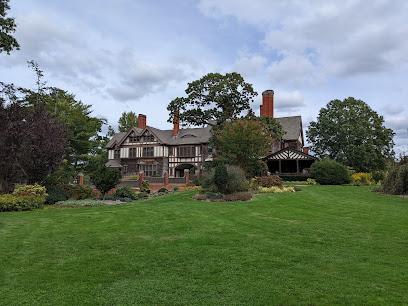
Bayard Cutting Arboretum
Explore the serene beauty of Bayard Cutting Arboretum, a peaceful escape filled with unique gardens and tranquil walking trails in Great River, NY.
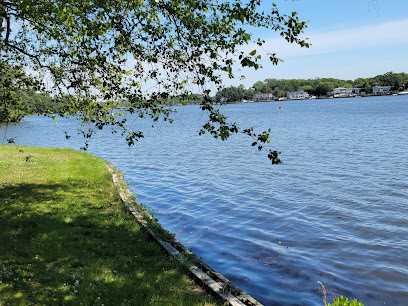
Heckscher Park
Explore Heckscher Park in Huntington, NY: A tranquil oasis with stunning landscapes, cultural events, and recreational activities for all ages.

Essential places to dine
Maureen's Kitchen
Experience unique breakfast creations at Maureen's Kitchen in Smithtown - where every meal is a delightful journey of flavors.
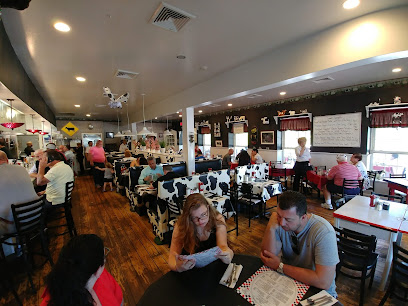
Bahama Breeze
Experience the vibrant flavors of the Caribbean at Bahama Breeze in Lake Grove—your ultimate destination for tropical cuisine and cocktails.
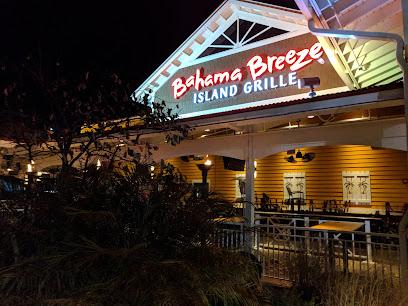
Insignia Prime Steak & Sushi
Experience culinary luxury at Insignia Prime Steak & Sushi in Smithtown – where exquisite steaks meet masterfully crafted sushi.
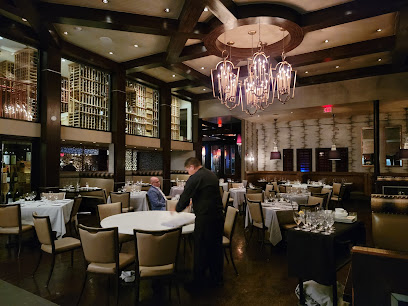
Tango Argentinian Steakhouse
Experience authentic Argentinian cuisine at Tango Argentinian Steakhouse in Central Islip - where every meal is a celebration of flavor.
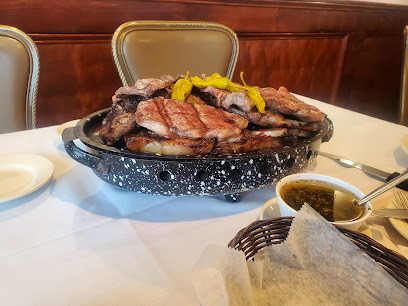
Karvers Grille
Discover delicious American cuisine at Karvers Grille—where great food meets friendly service in Holbrook.
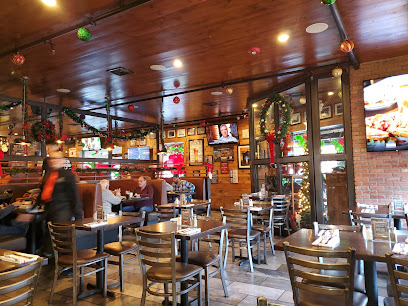
Waterzooi Belgian Bistro & Oyster Bar
Savor authentic Belgian flavors at Waterzooi Belgian Bistro & Oyster Bar - where culinary tradition meets modern elegance.
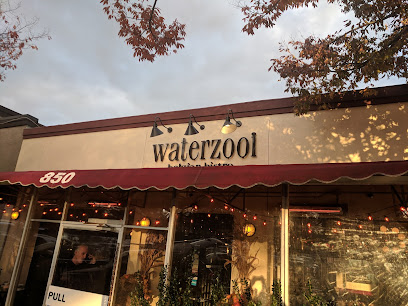
Tellers: An American Chophouse
Discover exquisite steaks and seafood at Tellers: An American Chophouse in Islip - where culinary artistry meets upscale dining.
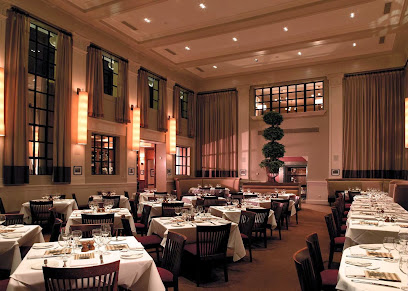
Maiella
Experience exquisite Italian dining at Maiella in Queens with stunning skyline views and authentic flavors.
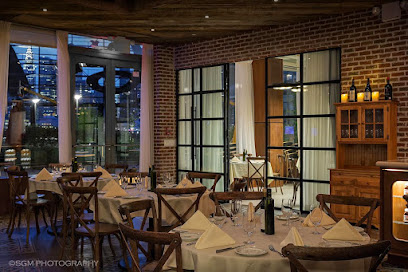
The Oar Steak & Seafood Grille
Experience exquisite seafood and prime steaks at The Oar Steak & Seafood Grille in Patchogue – where every meal is a celebration of flavor.
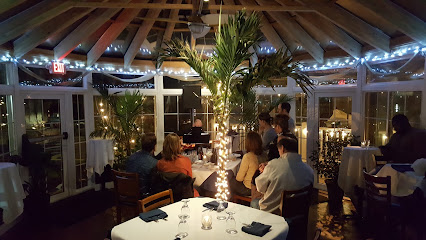
Ragazzi
Discover authentic Italian flavors at Ragazzi in Nesconset - where every meal is a celebration of culinary tradition.
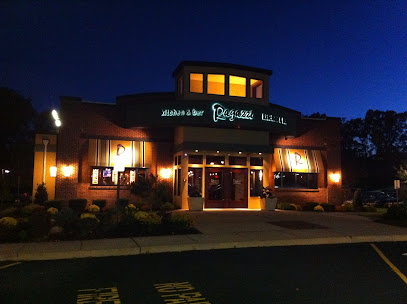
Lakehouse
Discover Lakehouse: A premier New American restaurant in Bay Shore offering exquisite dishes and stunning waterfront views.
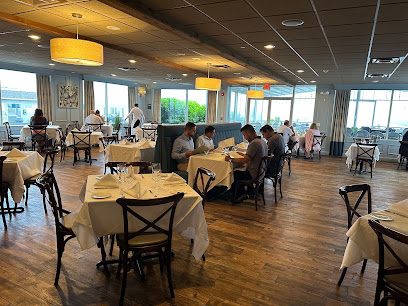
The Village Lanterne
Experience authentic German cuisine at The Village Lanterne in Lindenhurst - where hearty dishes meet a vibrant atmosphere.
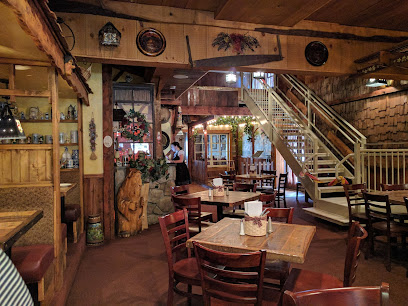
The Shed Restaurant - West Sayville NY
Discover The Shed Restaurant: A Culinary Delight in West Sayville Offering Creative American Dishes and Inviting Atmosphere.
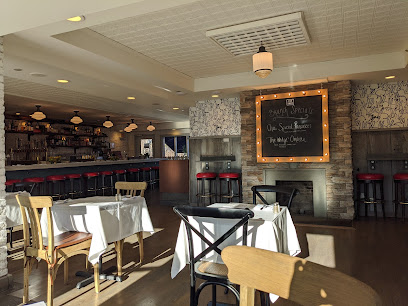
Pace's Steak House
Indulge in exquisite steaks and fine dining at Pace's Steak House in Hauppauge – where every meal is a celebration of flavor.
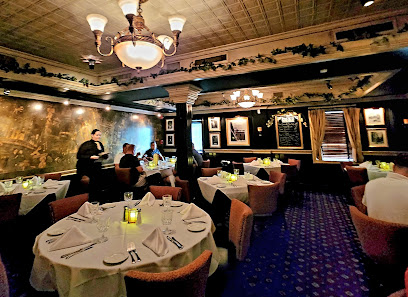
View
Discover the exquisite flavors and stunning views at View, Oakdale's premier seafood restaurant offering an unforgettable dining experience.
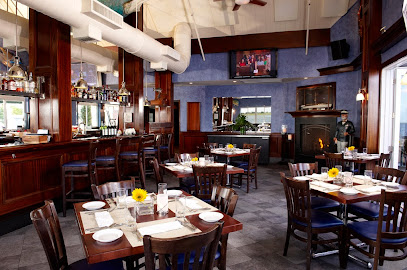
Markets, malls and hidden boutiques
Smith Haven Mall
Explore Smith Haven Mall, a vibrant shopping haven in Lake Grove, NY, featuring diverse stores, delicious dining, and a welcoming atmosphere.

The Gallery At Westbury Plaza
Experience unparalleled shopping and dining at The Gallery at Westbury Plaza in Garden City, NY - a premier destination for all your retail needs.
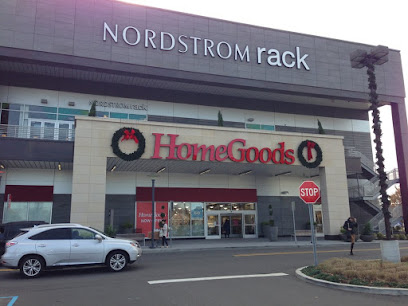
Walt Whitman Shops
Discover a premier shopping experience at Walt Whitman Shops, featuring luxury brands, diverse dining, and entertainment in Huntington Station, NY.

The Shoppes at East Wind
Discover unique boutiques, delicious dining, and a charming atmosphere at The Shoppes at East Wind in Wading River, NY.
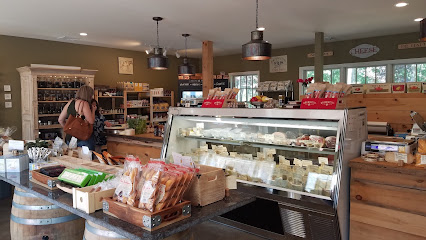
MyUnique Thrift
Explore the charm of vintage fashion at MyUnique Thrift, a hidden gem in Westbury offering unique finds and sustainable shopping.

Willy Nilly Trading Company
Explore Willy Nilly Trading Company in Bay Shore for unique gifts, stylish clothing, and exquisite home goods that capture the essence of local creativity.
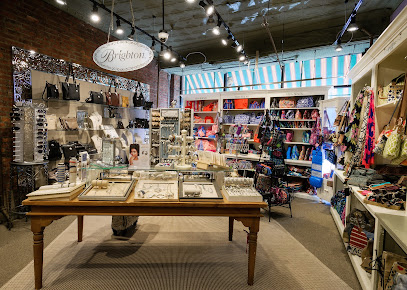
Rosie's Vintage
Discover a vintage haven in Huntington, NY, where every item tells a unique story and memories come alive through a curated collection of antiques.
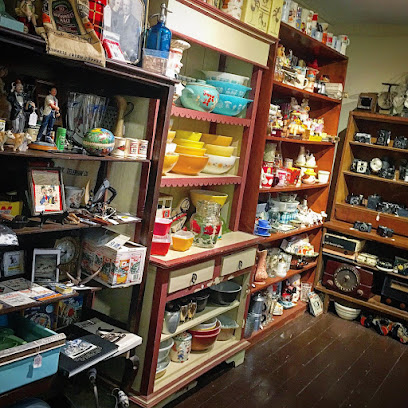
Long Island Antiques Center
Explore the Long Island Antiques Center for a delightful journey through vintage treasures and unique collectibles in Merrick, New York.
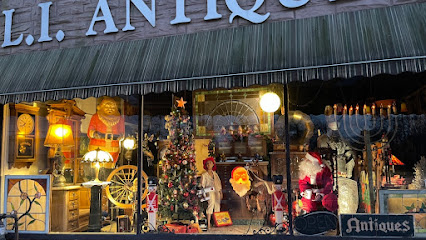
Guru's
Experience Sayville's finest gift shop, Guru's, where unique treasures and local charm come together for an unforgettable shopping experience.
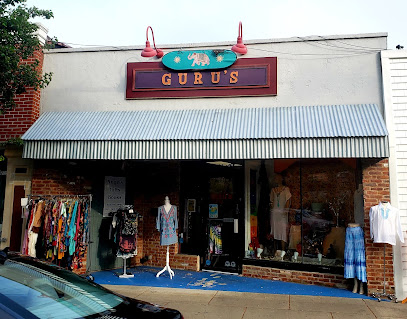
Olde Towne Garden Irish and Victorian Gift Shop
Explore the delightful Olde Towne Garden, where Irish heritage meets Victorian elegance in a unique gift shop experience.

Gift Corner
Explore a delightful gift shop in Mt. Sinai, offering unique treasures and personalized items that reflect local charm and creativity.
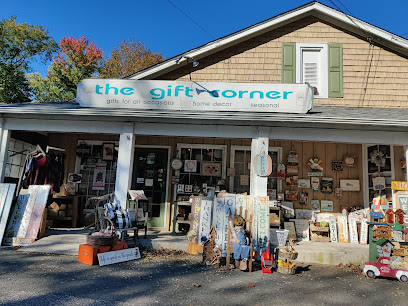
Unique
Uncover unique finds at Westbury's thrift store, where vintage treasures await every budget traveler.
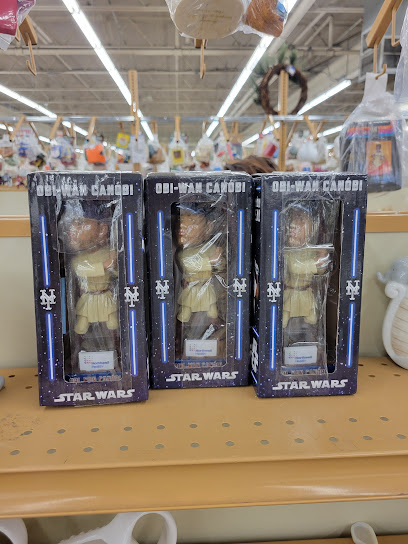
Long Island Country Life
Explore Long Island Country Life, a charming gift shop filled with local treasures, beach-themed souvenirs, and handmade delights in Riverhead, NY.
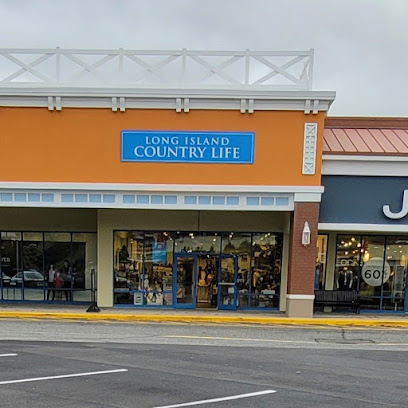
Paper Doll Curiosity Shoppe
Explore a whimsical world of unique gifts at Paper Doll Curiosity Shoppe in Patchogue, where every item tells a story.
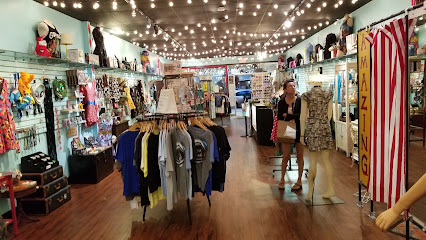
Lucky Finds Boutique
Explore Lucky Finds Boutique in Rockville Centre for unique fashion and home decor treasures that celebrate style and sustainability.
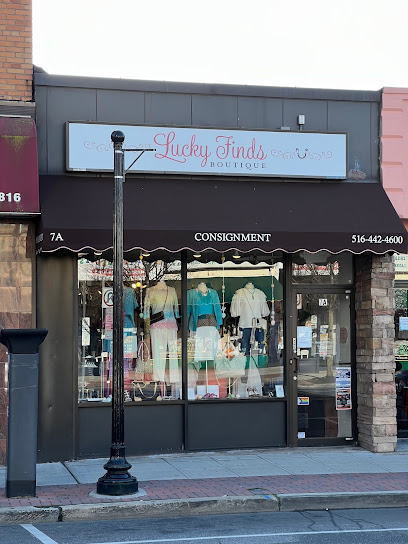
Essential bars & hidden hideouts
Lost in Paradise Rooftop
Discover Lost in Paradise Rooftop, an enchanting cocktail bar in Queens, offering breathtaking skyline views and expertly crafted drinks.
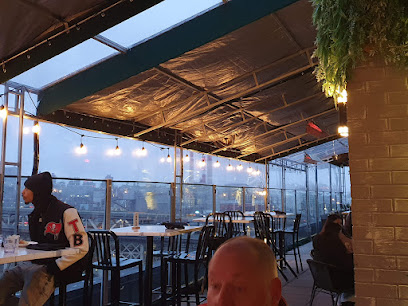
Dutch Kills
Experience the essence of New York nightlife at Dutch Kills, a cocktail bar in Long Island City known for its innovative drinks and speakeasy charm.
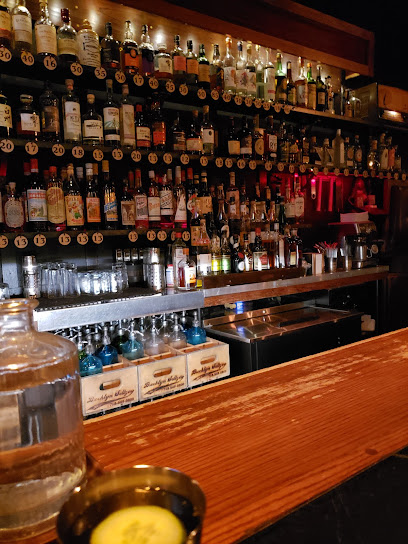
The Beast Next Door
Discover The Beast Next Door, a cocktail bar in Long Island City, Queens, known for its inventive drinks and inviting atmosphere, perfect for any night out.
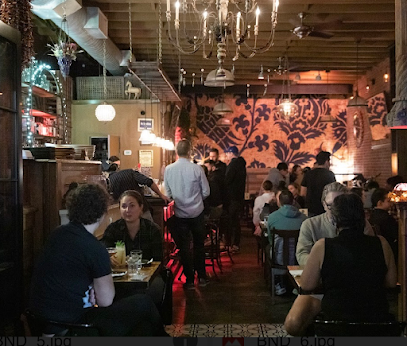
LIC Bar
Experience vibrant nightlife at LIC Bar in Long Island City, where great drinks and lively dancing create unforgettable memories.
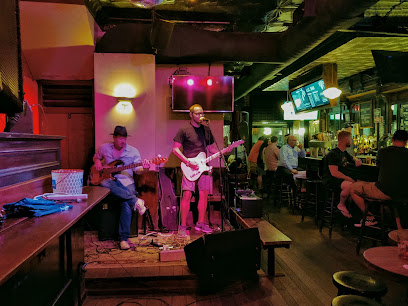
THE HUNTRESS whiskey, wings n’ other things
Experience the vibrant flavors of The Huntress in Long Island City, where gourmet wings, craft beer, and a lively atmosphere come together for an unforgettable dining experience.
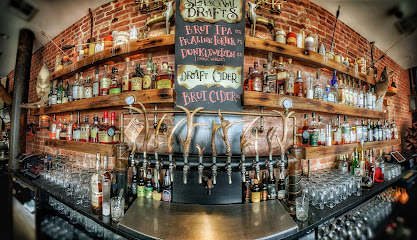
Charlotte’s Speakeasy
Discover Charlotte’s Speakeasy in Farmingdale for an unforgettable blend of classic cocktails, lively music, and a vibrant atmosphere that enchants every visitor.

The Rust & Gold
Discover The Rust & Gold, Huntington's lively bar offering a unique atmosphere, craft drinks, and vibrant nightlife for every visitor.
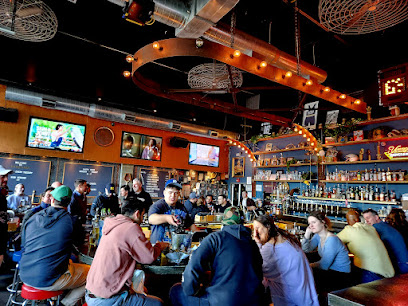
Dominie's Hoek
Discover the vibrant nightlife and eclectic atmosphere of Dominie's Hoek, a must-visit bar in Long Island City for craft drinks and local vibes.
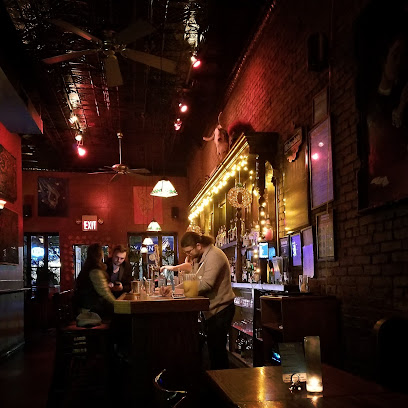
Gantry Bar & Kitchen
Discover Gantry Bar & Kitchen in Long Island City for a delightful dining experience with stunning skyline views and a vibrant atmosphere.
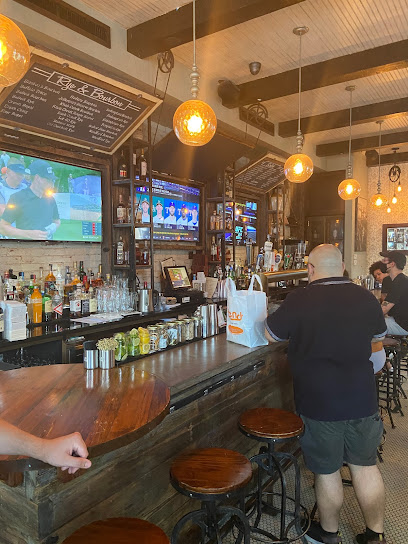
P J Leahy's
Discover the charm of Long Island City at P J Leahy's, where great food, drinks, and a lively atmosphere await you.
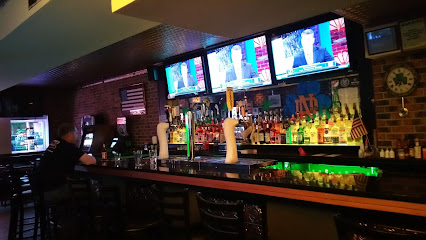
The Shannon Pot
Experience authentic Irish hospitality at The Shannon Pot, a cozy pub in Queens serving delicious food and a wide selection of drinks.
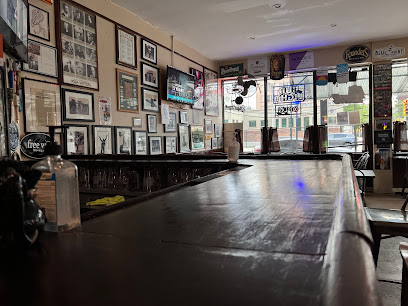
Parsnip Lake House
Experience the friendly atmosphere and delightful drinks at Parsnip Lake House in Lake Ronkonkoma, a local bar that brings people together.

Nag's Head Ale House
Discover the inviting atmosphere and delicious offerings at Nag's Head Ale House, a must-visit pub in Huntington, NY, perfect for relaxation and local flavors.
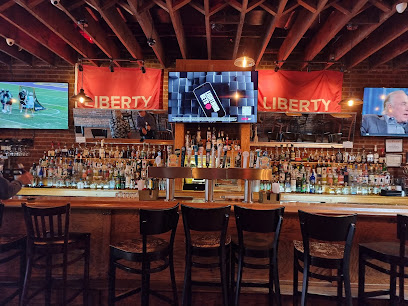
The Headliner Bar & Grill
Discover a vibrant dining and entertainment experience at The Headliner Bar & Grill in Hicksville, where great food meets lively karaoke and sports excitement.

The Infamous
Experience the vibrant nightlife of Long Island City at The Infamous, a trendy bar offering craft cocktails and a unique atmosphere.
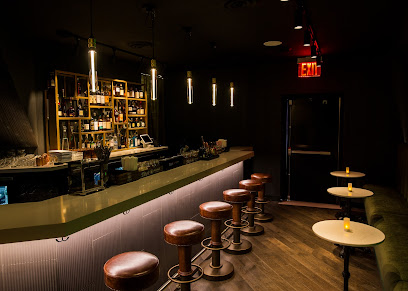
Local Phrases
-
- HelloHey
[Hey] - GoodbyeLater
[Lay-ter] - YesYeah
[Yeah] - NoNah
[Nah] - Please/You're welcomePlease/Nah, no problem
[Please/Nah, no prob-lem] - Thank youThanks
[Thanks] - Excuse me/SorrySorry
[Sorry] - How are you?How you doin'?
[How you doin'?] - Fine. And you?Good. You?
[Good. You?] - Do you speak English?You speak English?
[You speak English?] - I don't understandI don't get it
[I don't get it]
- HelloHey
-
- I'd like to see the menu, pleaseLet me see the menu, please
[Let me see the menu, please] - I don't eat meatI don't eat meat
[I don't eat meat] - Cheers!Cheers!
[Cheers!] - I would like to pay, pleaseI'll pay now, please
[I'll pay now, please]
- I'd like to see the menu, pleaseLet me see the menu, please
-
- Help!Help!
[Help!] - Go away!Get lost!
[Get lost!] - Call the Police!Call the cops!
[Call the cops!] - Call a doctor!Get a doctor!
[Get a doctor!] - I'm lostI'm lost
[I'm lost] - I'm illI'm sick
[I'm sick]
- Help!Help!
-
- I'd like to buy...I wanna buy...
[I wanna buy...] - I'm just lookingJust looking
[Just looking] - How much is it?How much?
[How much?] - That's too expensiveToo much
[Too much] - Can you lower the price?Can you do better?
[Can you do better?]
- I'd like to buy...I wanna buy...
-
- What time is it?What time is it?
[What time is it?] - It's one o'clockIt's one
[It's one] - Half past (10)Half past ten
[Half past ten] - MorningMorning
[Morning] - AfternoonAfternoon
[Afternoon] - EveningEvening
[Evening] - YesterdayYesterday
[Yesterday] - TodayToday
[Today] - TomorrowTomorrow
[Tomorrow] - 1One
[One] - 2Two
[Two] - 3Three
[Three] - 4Four
[Four] - 5Five
[Five] - 6Six
[Six] - 7Seven
[Seven] - 8Eight
[Eight] - 9Nine
[Nine] - 10Ten
[Ten]
- What time is it?What time is it?
-
- Where's a/the...?Where's the...?
[Where's the...?] - What's the address?What's the address?
[What's the address?] - Can you show me (on the map)?Show me on the map?
[Show me on the map?] - When's the next (bus)?When's the next bus?
[When's the next bus?] - A ticket (to ....)One ticket to ...
[One ticket to ...]
- Where's a/the...?Where's the...?
History of Long Island
-
Before European settlers arrived, Long Island was inhabited by various Algonquian-speaking tribes. The Montaukett, Shinnecock, and Massapequa are among the most well-known. These tribes lived in harmony with the land, relying on fishing, hunting, and farming for their sustenance. Their rich culture and traditions still echo through the island today.
-
In the early 17th century, Dutch and English settlers began to establish colonies on Long Island. The Dutch initially claimed the western part of the island as part of New Netherland, while the English settled the eastern parts. This period saw the establishment of some of the island's oldest towns, such as Hempstead and Southampton.
-
Long Island played a crucial role during the American Revolution. The Battle of Long Island, also known as the Battle of Brooklyn, was one of the largest battles of the war, taking place in August 1776. Although it resulted in a British victory, the battle showcased the resilience and strategic acumen of the Continental Army. The island remained under British control for much of the war, serving as a base for their operations.
-
During the 18th and 19th centuries, the whaling industry flourished on Long Island, particularly in Sag Harbor. Whaling brought prosperity to the island and established it as an important economic hub. The industry attracted a diverse workforce, including Native Americans and African Americans, and left a lasting impact on the island’s culture and architecture.
-
The early 20th century marked Long Island as a pivotal location in aviation history. Charles Lindbergh’s famous solo transatlantic flight in 1927 took off from Roosevelt Field, located in Garden City. The island was home to numerous airfields and aircraft manufacturers, playing a significant role in both World War I and World War II aviation advancements.
-
Following World War II, Long Island experienced a dramatic suburban boom. The development of Levittown in the late 1940s set the standard for suburban living in the United States. This period saw a surge in population growth, infrastructure development, and the rise of a commuter culture, as many residents began working in New York City.
-
Long Island has a rich cultural and artistic heritage. The Hamptons, located on the eastern end of the island, have long been a retreat for artists, writers, and celebrities. The island is also home to several renowned museums, such as the Parrish Art Museum and the Long Island Museum. These institutions celebrate the island’s artistic legacy and continue to inspire new generations.
-
In recent decades, Long Island has become a leader in environmental conservation. Efforts to preserve the island’s natural beauty have led to the establishment of numerous parks, nature reserves, and marine conservation areas. Organizations like the Long Island Pine Barrens Society work tirelessly to protect the island’s unique ecosystems and promote sustainable living.
Long Island Essentials
-
Long Island is located in the state of New York, stretching eastward from New York City. The nearest major airports are John F. Kennedy International Airport (JFK) and LaGuardia Airport (LGA), both located in Queens, NY. For those driving, Long Island can be accessed via several major highways, including the Long Island Expressway (I-495) and the Southern State Parkway. Additionally, the Long Island Rail Road (LIRR) provides extensive train service from Manhattan and Brooklyn to various destinations across Long Island.
-
Long Island offers multiple transportation options. The Long Island Rail Road (LIRR) is a convenient way to travel between New York City and Long Island. Local buses operated by Nassau Inter-County Express (NICE) and Suffolk County Transit provide extensive routes across Nassau and Suffolk counties. For more flexibility, renting a car is advisable, especially for exploring the less accessible parts of the island. Ride-sharing services like Uber and Lyft are also widely available.
-
The official currency in Long Island, as in the rest of the United States, is the US Dollar (USD). Credit and debit cards are widely accepted in most establishments, including restaurants, shops, and hotels. ATMs are readily available, and contactless payment methods such as Apple Pay and Google Wallet are also commonly accepted.
-
Long Island is generally a safe destination for tourists. However, it's wise to stay informed about specific areas. Some neighborhoods in larger towns like Hempstead and certain parts of Suffolk County may experience higher crime rates. As a precaution, avoid walking alone at night in unfamiliar areas, keep your belongings secure, and stay vigilant in crowded places. Always check the latest travel advisories and local news for updates.
-
In case of an emergency, dial 911 for immediate assistance. Long Island has numerous hospitals and urgent care centers. Familiarize yourself with the nearest medical facilities to your accommodation. Carrying travel insurance that includes medical coverage is recommended. Pharmacies are widely available for minor health issues, and many offer 24-hour service.
-
Fashion: Do wear comfortable and weather-appropriate clothing. Avoid wearing overly casual attire when dining in upscale restaurants. Religion: Do respect diverse religious practices. Some areas may have a higher concentration of religious communities, so be considerate. Public Transport: Do be courteous and give up your seat to elderly or disabled passengers. Don't play loud music or eat on public transportation. Greetings: Do greet people with a friendly hello or a handshake. Avoid overly familiar gestures with strangers. Eating & Drinking: Do try local seafood specialties and Long Island wines. Don't forget to tip service staff, typically 15-20% of the bill.
-
To experience Long Island like a local, visit the numerous farmer's markets for fresh produce and local goods. Engage with locals, who are often willing to share insights about the best places to visit. Don't miss out on the beautiful beaches, especially those in the Hamptons and Fire Island. For a unique experience, explore the North Fork's vineyards and wineries and take part in seasonal events and festivals.
Trending Landmark in Long Island
-
Montauk Point Lighthouse Museum
-
Old Westbury Gardens
-
Planting Fields Arboretum State Historic Park
-
Bayard Cutting Arboretum
-
Caumsett State Historic Park Preserve
-
Oheka Castle
-
Sagamore Hill National Historic Site
-
The Big Duck
-
Lake Ronkonkoma County Park
-
Hempstead House
-
TWA Flight 800 International Memorial and Gardens
-
Caleb Smith State Park Reserve
-
Bourne Mansion
-
Islip Grange Park
-
Old Field Point Lighthouse
Nearby Cities to Long Island
-
Things To Do in Norwalk
-
Things To Do in Bridgeport
-
Things To Do in Stamford
-
Things To Do in Greenwich
-
Things To Do in Milford
-
Things To Do in White Plains
-
Things To Do in New Haven
-
Things To Do in Yonkers
-
Things To Do in Danbury
-
Things To Do in New York City
-
Things To Do in Hoboken
-
Things To Do in Jersey City
-
Things To Do in Waterbury
-
Things To Do in Meriden
-
Things To Do in Paterson













